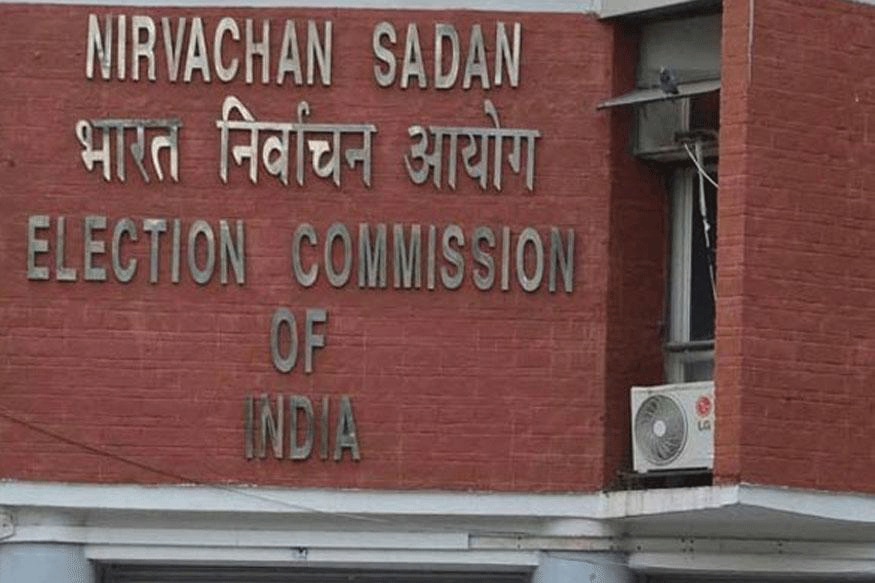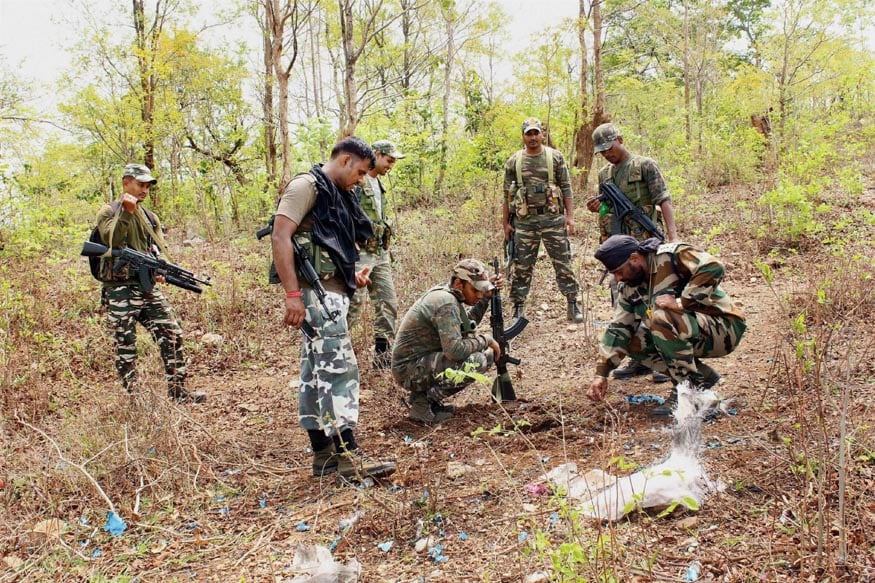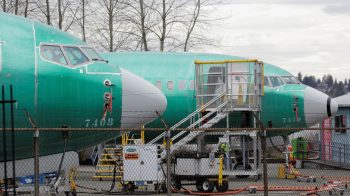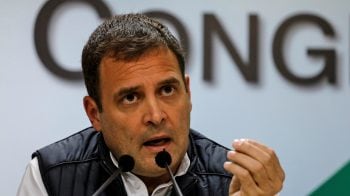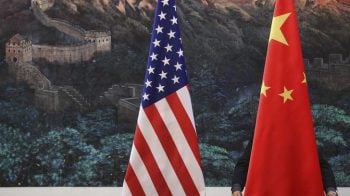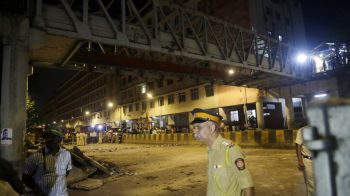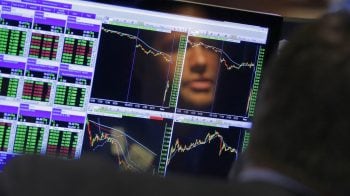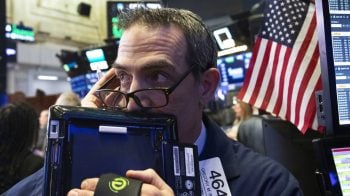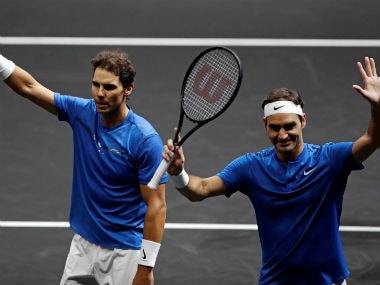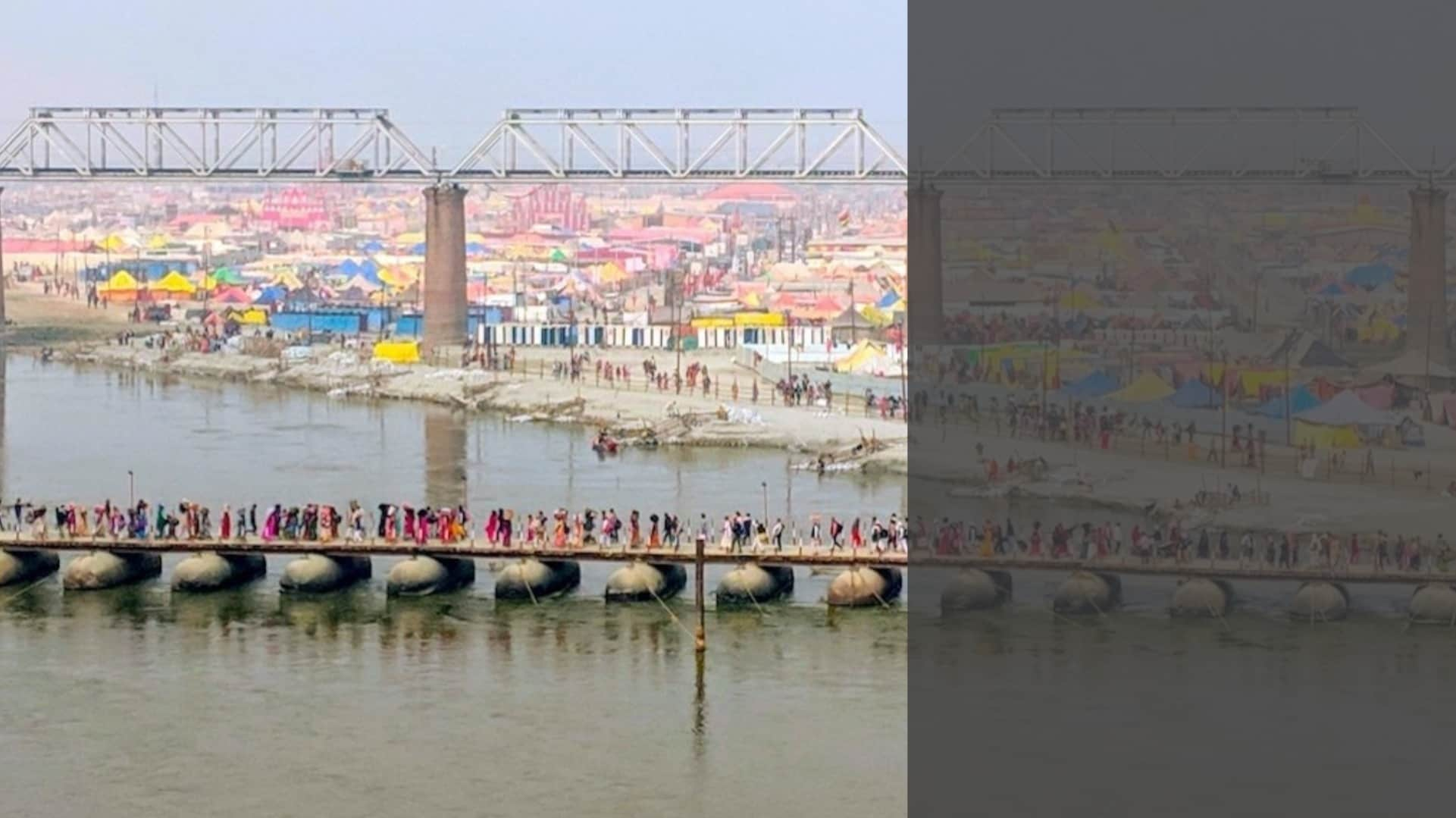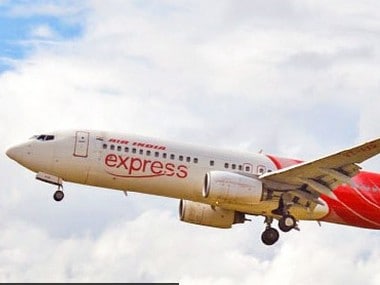Advance setting of systems across both buying and selling, helped modern trade gain a sizeable growth advantage over general trade during the implementation of GST.
The current size of the modern trade market for fast moving consumer goods categories stood at Rs 41, 416 crore for MAT (Moving Annual Total) August 2018, a healthy growth of 22 percent from a year ago, according to a Nielsen report.
Modern Trade (MT) consists of supermarkets and hypermarkets that retail Fast Moving Consumer Goods.
A report titled, ‘Reformatting Retail In India’ stated demonetisation and the introduction of Goods and Services Tax (GST) became tailwinds for the sector by triggering the mass adoption of digital modes of payment among consumers.
Also, an advance setting across both buying and selling, helped modern trade gain a sizeable growth advantage over general trade during the implementation of GST.
In the same period, the number of organised grocery stores that Nielsen defines as "shops enabled with shopping aisles, a shopping cart, and have at least two such shops" stood at 18,197.
In 2018, supermarkets grew 25 pecent, while hypermarkets grew by 15 percent. Nielsen defines supermarkets as chain and stand-alone stores that have an area of less than 15,000 sq ft and not more than nine point-of-sale counters. The rest, Nielsen defines as hypermarkets.
"In modern trade, per say, we've been seeing growth, be it in store count, be it in penetration, be it in footfall, as well as, what's happening with the consumer," said Ajay Macaden, Head, retail, Nielsen India.
MODERN TRADE BY GEOGRAPHY
The national contribution of MT is 10 percent, with a greater concentration in urban areas, particularly the top 17 metro cities
Interestingly, the regional composition of MT has not changed much over the years, as South India still leads with a 22 percent contribution. West continues to be the second largest market, though it has narrowed its gap with the South.
The big retail brands have focused on opening several hyper stores in the West resulting in the perceptible increase in this zone. Going forward, North India is expected to grow on the back of expansion by various retailers, followed by the east, the report stated.
EVOLUTION OF FORMATS
The modern trade landscape in India comprises both local and national brands, which consists of chains and strong independent stores. Together, there are about 600 MT banner stores in India, with the top 20 contributing to ~75 percent of the business.
According to Nielsen estimates, the total number of organised stores is ~18,197, of these, 11,758 are banner stores.
The report stated that such stores have grown by 19 percent as of MAT August 2018, it is a clear indication of the burgeoning size of modern trade as a channel.
Small and large organised stores in cities with a population of 100,000 to 500,000 grew three times compared with those in metros.
The number of modern trade stores in small towns of less than 100,000 population, have also seen a sizeable increase, growing three times faster as compared to metros.
"With the government's focus on building infrastructure and facilitating widespread digital adoption, the environment is conducive for the continued growth of modern trade," said Ajay Macaden, Executive Director, Retailer Vertical, Nielsen.






















